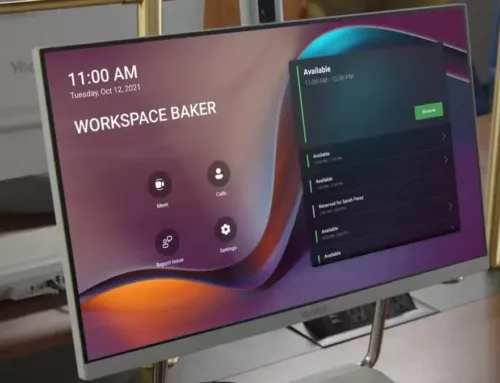Commercial AV solutions are more complex than ever. The best way to ensure the highest level of cohesiveness is to work with an AV Integrator that can provide both design and installation services.
If you utilize two different resources, your design plans may be limited by installation requirements or vise versa.
An AV Designer’s job is to understand your needs and translate them into solutions. This is generally the first person to interact with the client. They’ll listen to your needs and goals and determine which technologies are needed and how they should be placed to ensure maximum collaboration and efficiency.
The AV Installer’s responsibility is to mount the equipment, run cabling and perform the other physical parts of the job.
At Ultimate Technologies Group, we employ professionals who are trained in both areas which allow our designers to understand the install and our installers to understand the design at a much higher level.
This knowledge and expertise is a large factor in our 98.5% customer retention rate.
What are the specific benefits for design & installation collaboration in commercial AV?
1. Any potential obstacles are identified and worked around – When AV designers map out the project, they do it room by room, and determine exactly where systems components are going. If the designer doesn’t communicate with other teams, though, the installer may be given an impossible task. This is particularly true when the system is going into new construction. There are so many teams involved in a new construction project that constant communication is required to remain up to date on any changes.
Every system component requires power, and most require conduit, cooling and networking. That’s a lot of infrastructure to take into account, and installers are responsible for ensuring it is delivered to the equipment.
If designers and installers are talking to each other as a team, they can spot potential issues in delivering power and other essentials to the equipment. If changes do need to be made, the design and installation teams make them together, ensuring the fix is a workable one.
2. Accounts for future additions – AV solutions can provide years of reliable performance, but upgrades or replacements will eventually be required. This is true of any system, no matter how advanced the technology is when it is installed.
If the integrator’s design and installation teams are working together, they can consult with each other regarding the client’s future needs. If, for example, the client wants to eventually install a video wall, but is settling for individual displays in the present, the designers and installers will need to discuss how to best anticipate that transition. Maybe the video wall can occupy the same space as the displays, reducing future installation work. Perhaps the displays can be mounted to a cart instead of the wall, to reduce installation work in the present. These are the kind of challenges that can only be fully resolved with designers and installers working together closely.
3. Confirms the project’s schedule – By the time installers are involved, the project’s timeline and relevant milestones have been decided on. If, though, the design is too ambitious or poses too many obstacles, the installers may be pressed for time.
When the integrator’s installers are involved from the beginning, they can help the designers lay out a system that fits into the project’s timeline. The designers don’t have to readdress their work, and installers don’t have to rush through their jobs.
4. Guarantees all regulations and standards are followed – AV technology must be installed in a way that meets ADA and ABA regulations. Further, many businesses and schools have their own AV standards in place that must also be observed.
Even a minor deviation from these standards and regulations is unacceptable, so installers and designers must be aware of then and meet those standards.
An experienced AV integrator will rarely have problems with regulations or standards, but if the installers are involved during the design process, they can point out any potential regulatory issues and avoid mistakes.



